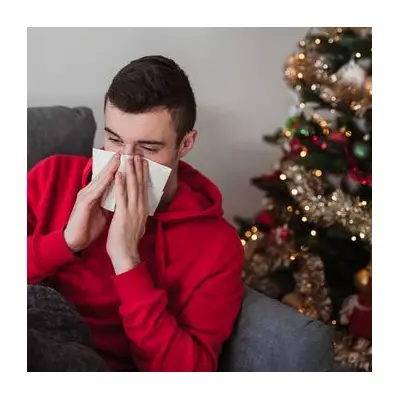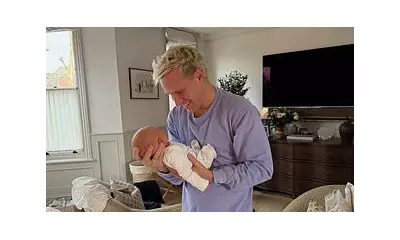
As summer reaches its peak, scientists have revealed the most effective ways to treat painful wasp stings - and some surprising mistakes to avoid.
Unlike bees, wasps can sting multiple times, injecting venom that causes immediate pain, redness and swelling. While most reactions are mild, about 3% of people experience severe allergic responses requiring emergency care.
Immediate First Aid Steps
Dr. James Logan, a leading entomologist, recommends these crucial steps after a sting:
- Wash the area with soap and water to prevent infection
- Apply a cold compress for 10-minute intervals to reduce swelling
- Elevate the affected limb to slow venom spread
- Use over-the-counter pain relief if needed
Home Remedies That Actually Work
"Contrary to popular belief, vinegar really does help neutralize wasp venom," explains Dr. Logan. Other effective home treatments include:
- Baking soda paste (mix with water)
- Aloe vera gel to soothe inflammation
- Cucumber slices to cool the skin
When to Seek Medical Help
Watch for these danger signs of anaphylaxis:
- Difficulty breathing or swallowing
- Swelling of the face/throat
- Rapid heartbeat
- Dizziness or confusion
"If you experience these symptoms, use an epinephrine auto-injector if available and call 999 immediately," warns Dr. Logan.
Prevention Tips
To avoid stings:
- Wear light-colored clothing (wasps are attracted to dark colors)
- Avoid strong perfumes or sweet-smelling products
- Keep food and drinks covered outdoors
- Remain calm if a wasp approaches - sudden movements provoke attacks
With wasp populations peaking in late summer, these evidence-based tips could help you enjoy the warmer weather safely.





